How are the ways humans preserved food throughout history? We fully take for granted the advent of home refrigeration and freezing. To keep your groceries and produce viable throughout the year, you would inevitably be looking at some of the ways humans preserved food over the ages.
Drying and Sun-Curing
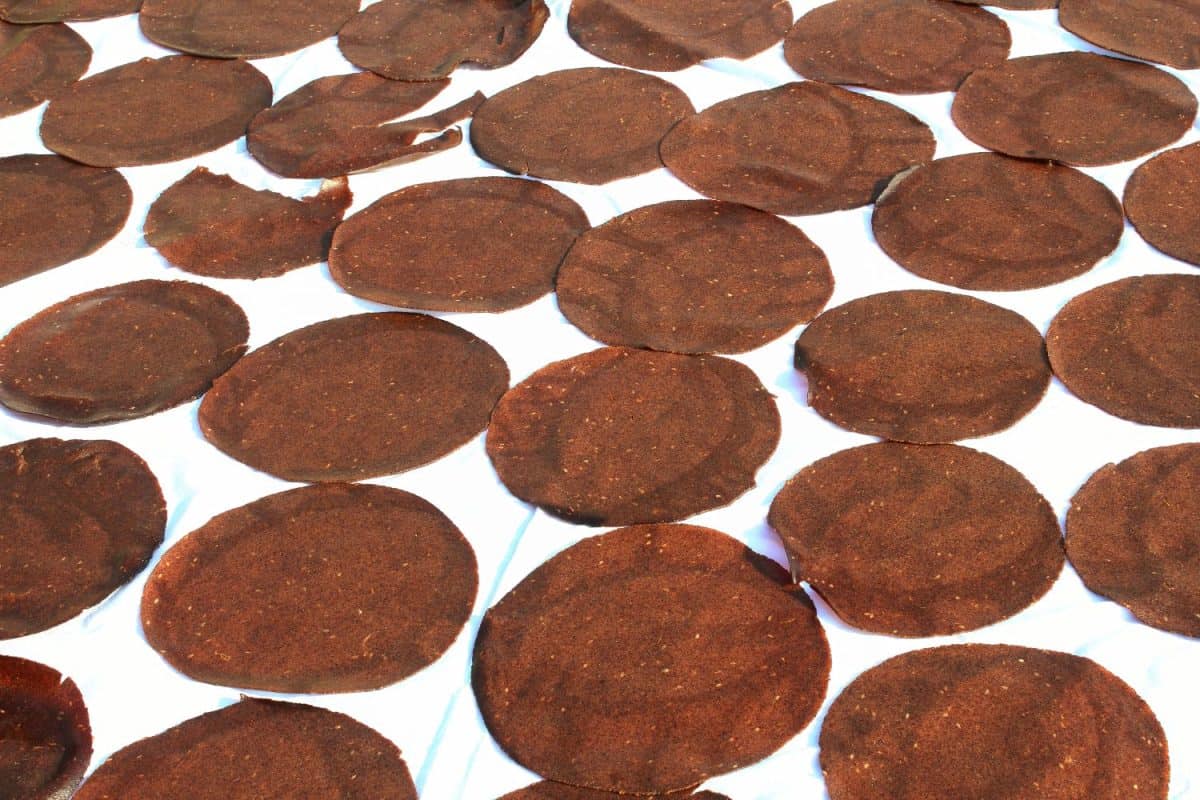
©Gv Image-1/Shutterstock.com
One of the most primitive ways humans preserved food would be drying or sun-curing. This is still a highly effective way of curing fruits and the like, especially raisins and tomatoes. In more temperate and hotter climates this would be an ideal solution for people looking to make the most of their food.
Smoking
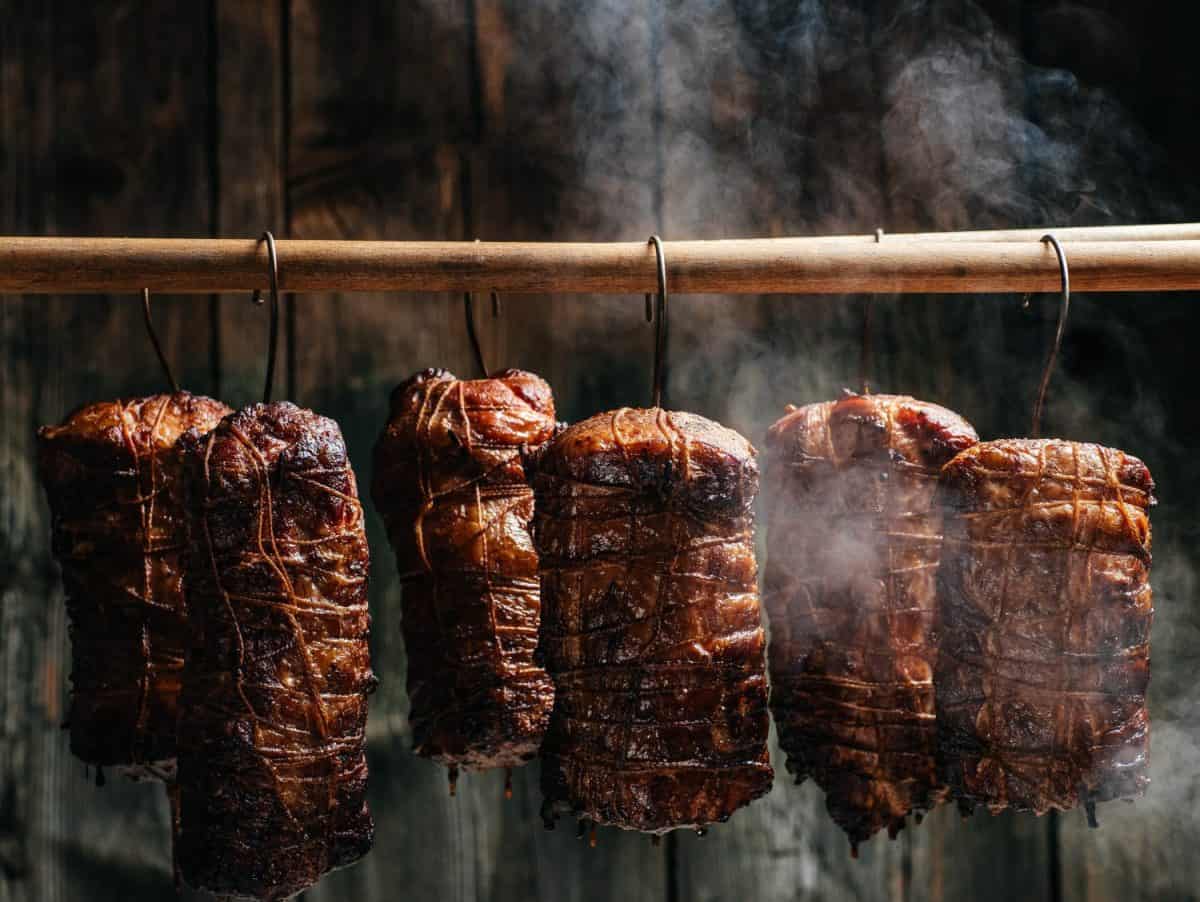
©sweet marshmallow/Shutterstock.com
If you live in an area without much direct sunlight, sun-curing isn’t an option. However, one of the ways humans preserve food to compensate for that would be by smoking it. This accomplishes the same net goal as drying but adds flavor while removing potential bacteria and parasites.
Salting and Brining
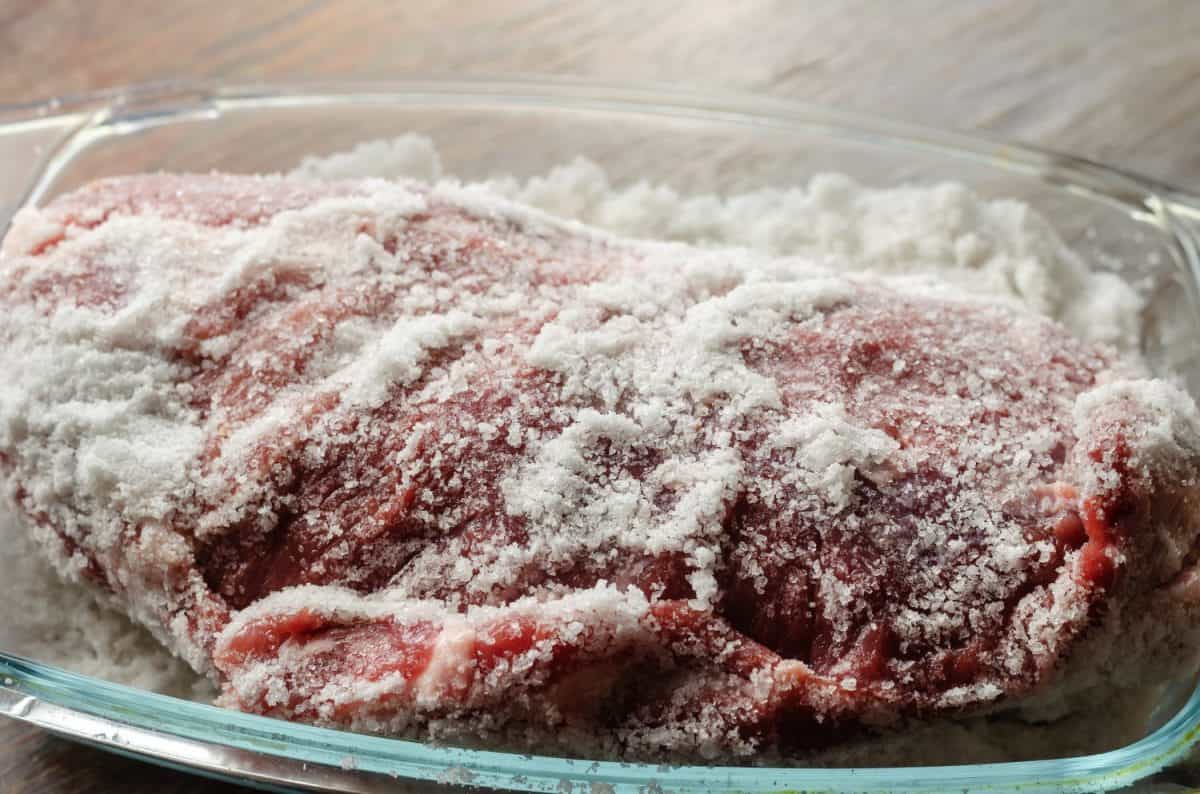
©Dmitriev Mikhail/Shutterstock.com
Salting or brining is another primitive way that humans have preserved food throughout the centuries. Salt draws out moisture from meats and produce, which helps make for a safer preserved product. Unlike drawing, it does retain some tenderness, especially on fattier cuts of meat.
Fermentation
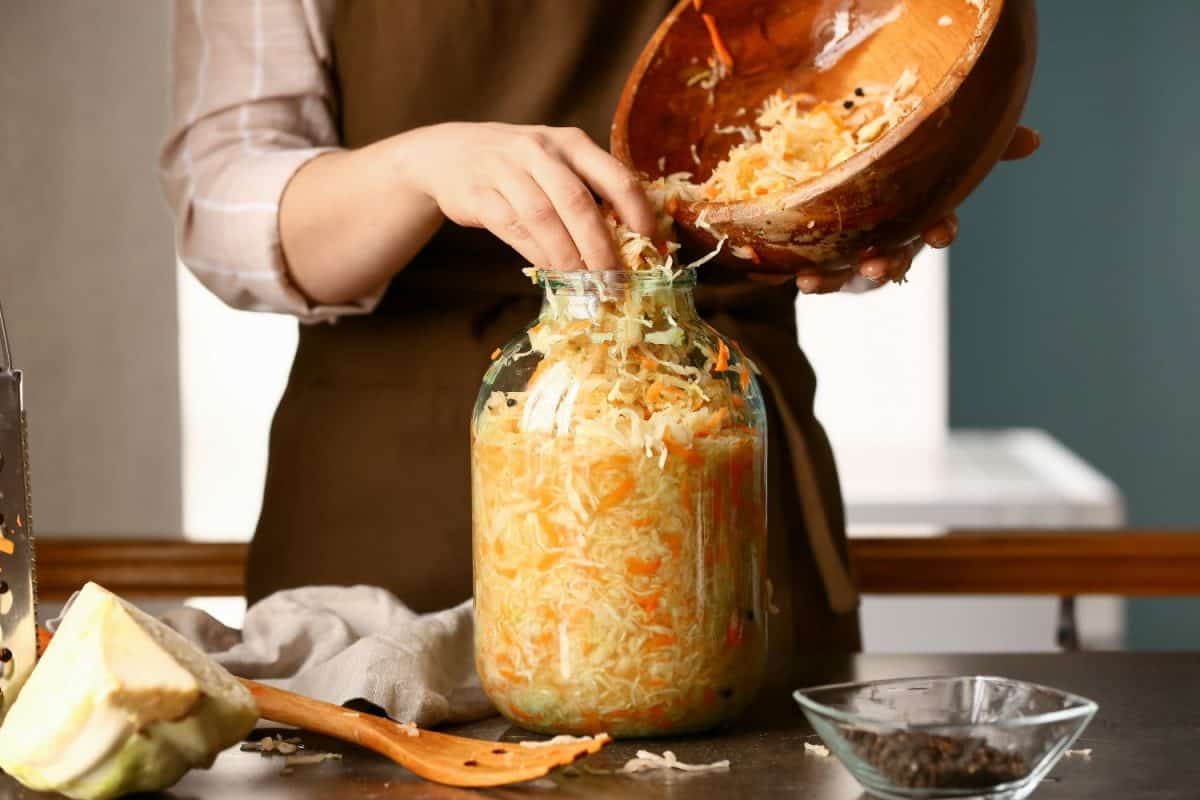
©Pixel-Shot/Shutterstock.com
Fermentation is one of the oldest ways humans have preserved food that has some tangible benefits. You see this all the time throughout many cultures, with at least one food being a staple that goes through fermentation. The food’s natural alcohols or acids help to create a preservative that keeps things fresh for ages.
Curing with Sugar
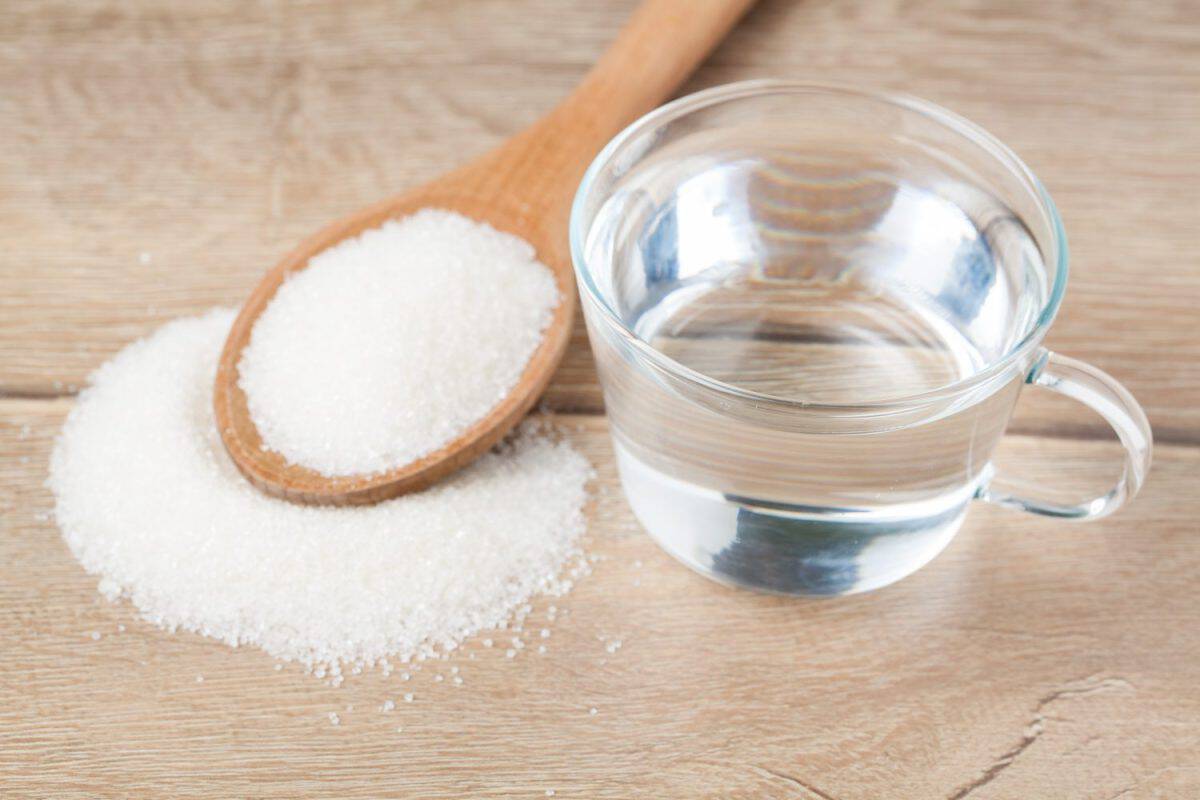
©Alexeysun/Shutterstock.com
In cultures with access to readily available sugar, it made for a great preservation agent. Sugar inhibits microbial growth, making it a great fit for preserving the likes of fruits and veggies. You could do the same with meat, I suppose, but you run the risk of oddly sweet hams and the like.
Pickling
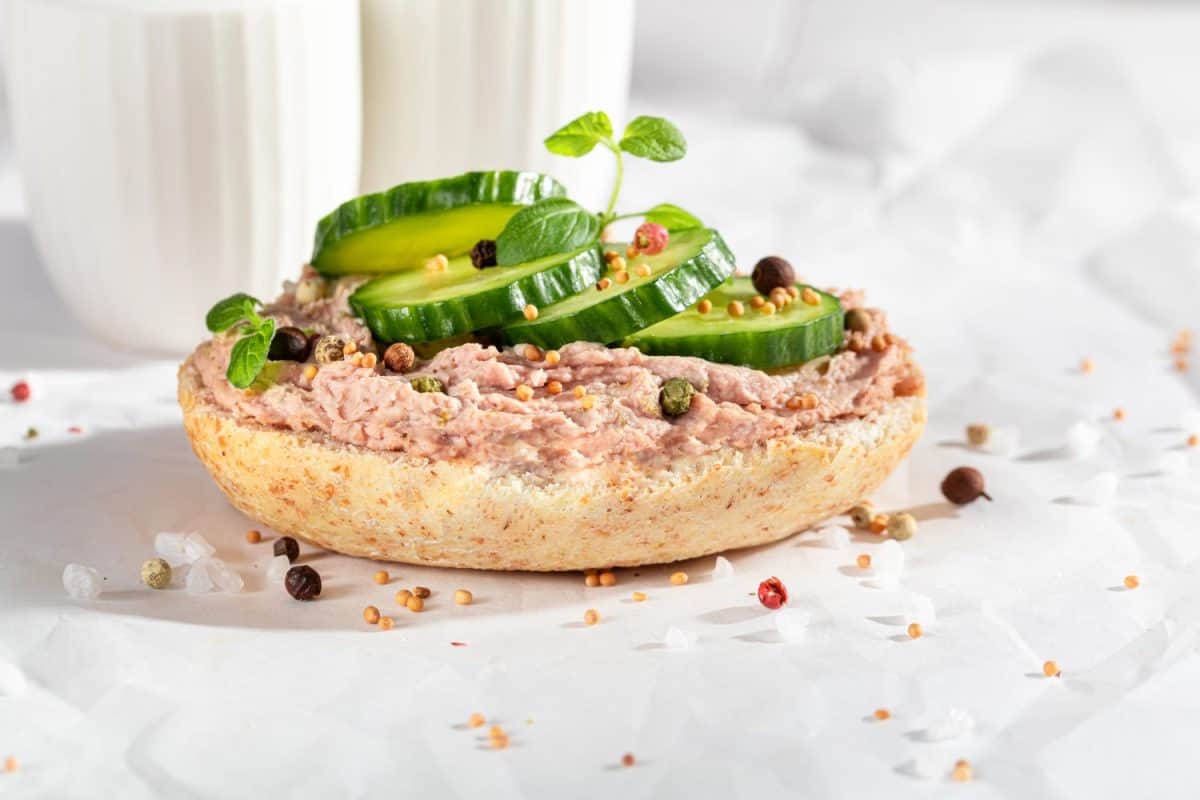
©Shaiith/Shutterstock.com
Pickling is similar to salting and fermentation but is a more involved process. The basic premise is that you’re using vinegar or some other acidic material to induce the fermentation process. It is one of the oldest ways humans have preserved food and one you can see from the Americas to Europe and throughout Asia.
Animal Fats and Oils

©Ana-Maria Tegzes/Shutterstock.com
This is one of the more unusual ways humans have preserved food. Throughout ancient history, the native peoples of the United States would turn to immersing meat, vegetables, and fruit to preserve them. This makes for a food devoid of moisture that can keep in several weather conditions.
Preservation Use Throughout History
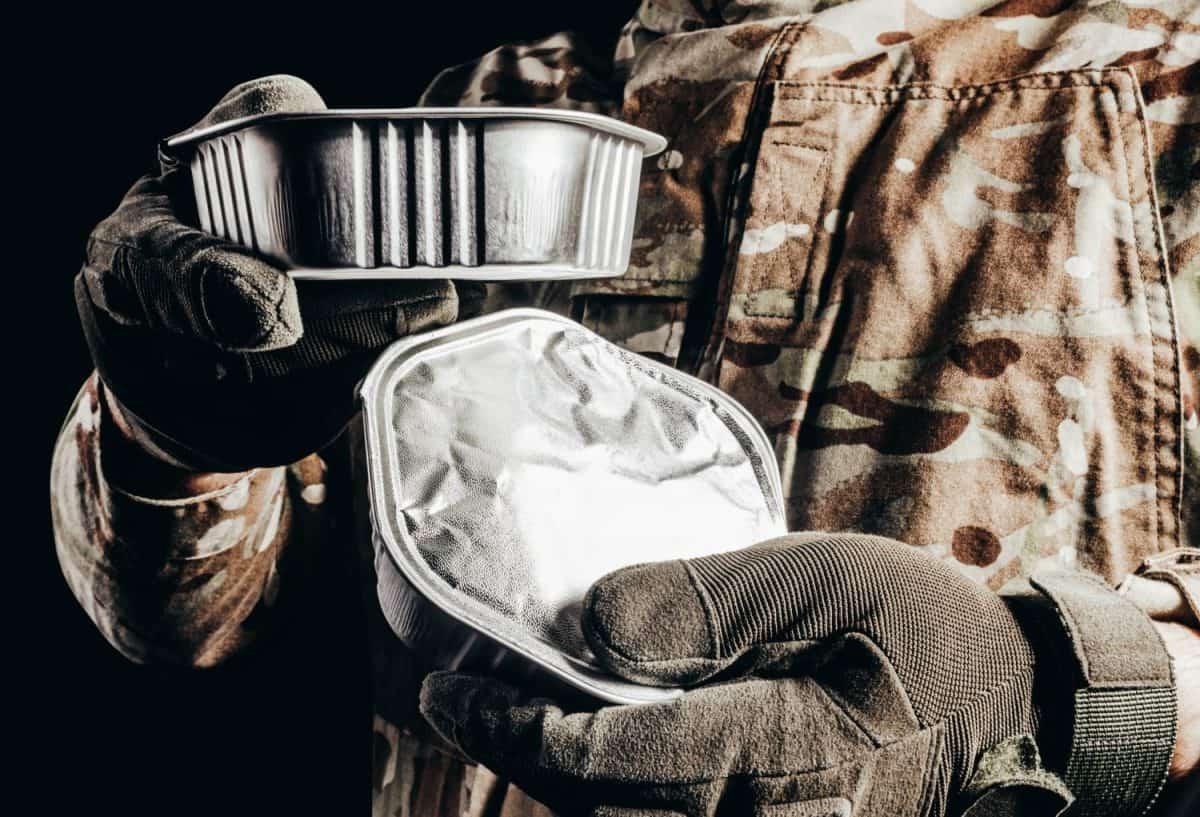
©breakermaximus/Shutterstock.com
Food preservation has been a constant struggle throughout human history. Early military expeditions relied on armies pillaging the land for food and other materials. The 19th century saw salt-cured meats and vegetables make their way into soldiers’ packs. These days, the overall intent is the same but technology has made it a far better experience.
The image featured at the top of this post is ©Famartin, CC BY-SA 4.0







